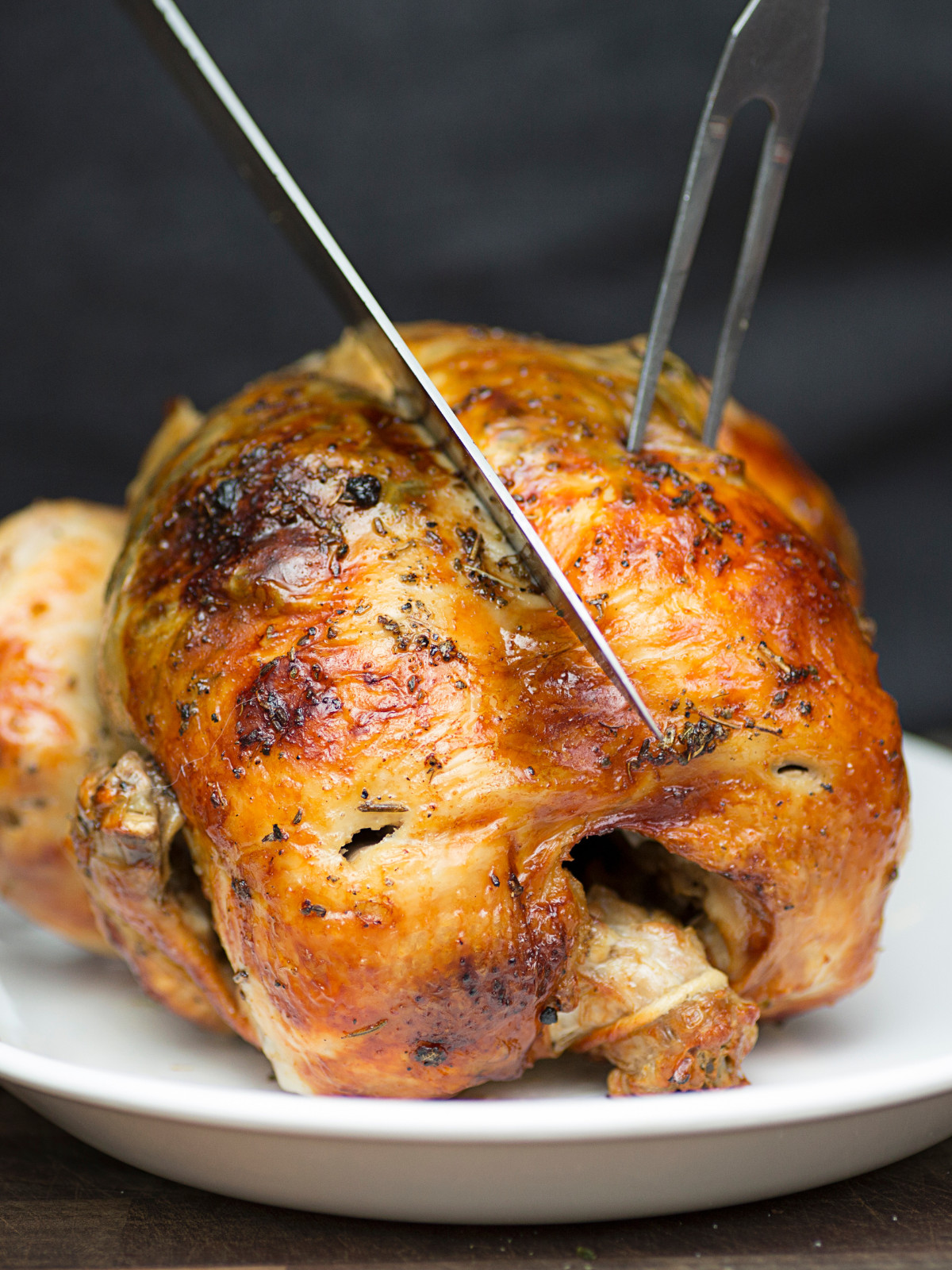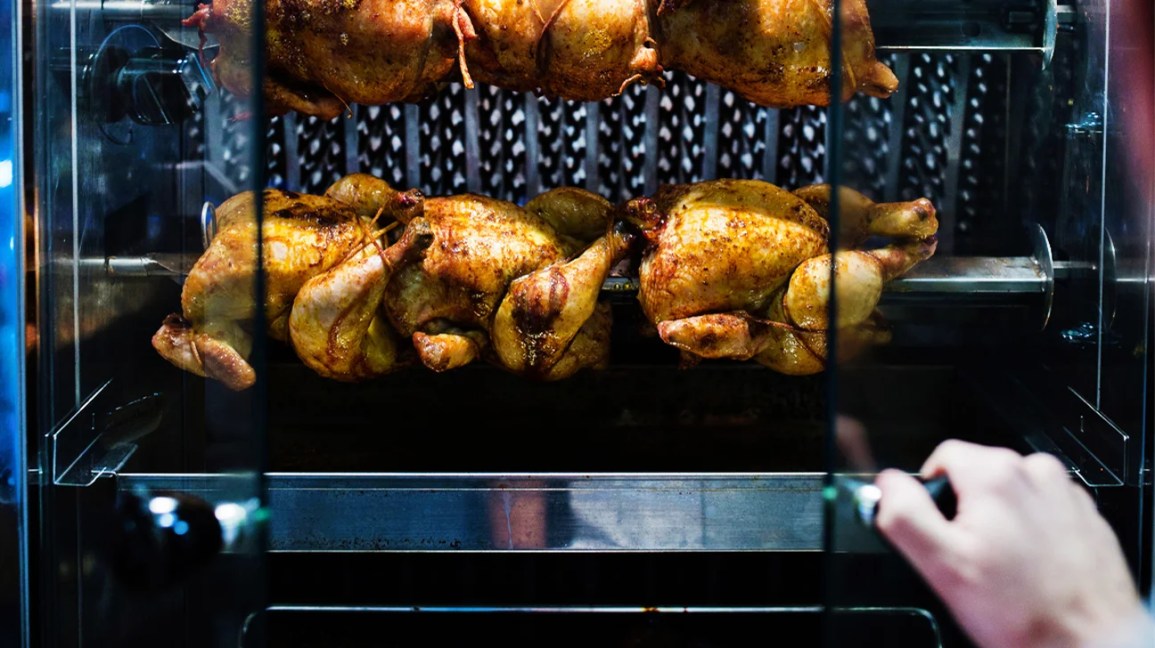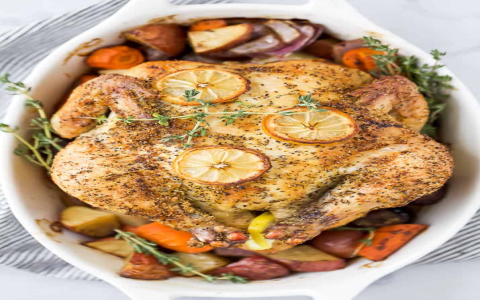Alright, so I found myself staring at one of those delicious-smelling rotisserie chickens from the store the other day. My goal? Figure out the calorie situation, specifically without the skin, because I’m trying to be a bit more mindful about what I’m eating. Easier said than done, let me tell you.

My Starting Point: The Chicken
First things first, I got the chicken home. It was one of those standard-sized ones, looking all golden brown. The skin, of course, is where a lot of the flavor (and fat, let’s be honest) hangs out. My mission was to get a decent estimate of the calories for just the meat.
The Process: De-skinning and Digging for Info
So, I let it cool down a bit – trying to peel skin off a piping hot chicken is a recipe for burnt fingers. Once it was manageable, I started the peeling process. This took a bit of effort. Some parts came off easy, others were a bit more stubborn, especially around the wings and drumsticks. I tried to be thorough, getting as much of that visible skin off as I could.
Then came the “research” phase. I figured, okay, I’ve got a pile of chicken meat here, no skin. What now? My first instinct was to just grab my phone and start searching. I typed in things like “rotisserie chicken breast no skin calories,” “calories in rotisserie chicken meat only,” you know the drill.
- I found a bunch of different numbers, which wasn’t super helpful at first.
- Some sites would give a generic “roasted chicken breast” value.
- Others tried to estimate for a whole rotisserie chicken, but then you have to guess how much meat you’re actually eating.
It got a little frustrating because, you know, not all rotisserie chickens are created equal. Some are bigger, some might have different seasonings or brines that could sneak in a few extra calories. It’s not like there’s a standard nutrition label printed on the chicken itself that says “meat only.”
What I Kind Of Settled On
After sifting through various sources and trying to use some common sense, here’s what I sort of landed on in my head. Removing the skin makes a BIG difference. That seemed to be the most consistent takeaway. The skin holds a lot of the fat, so ditching it is a good first step if you’re calorie-conscious.

I started to look at the numbers for plain, cooked chicken breast (skinless) as a baseline. For a decent-sized portion, say around 3 to 4 ounces of meat (which is roughly the size of a deck of cards, or so they say), you’re looking at a certain calorie range. I noticed that a lot of sources put skinless chicken breast somewhere in the ballpark of 120-170 calories per 3.5 ounces (or 100 grams), depending on how it’s cooked and the exact cut.
Because rotisserie chickens are often injected with solutions to keep them moist and flavorful, I mentally decided to err on the slightly higher side of those generic estimates for plain chicken. I figured that was a safer bet than assuming it was just like a plain, home-baked chicken breast.
I didn’t actually weigh the meat every single time because, frankly, that’s a bit much for me on a regular day. I got a feel for what a portion looked like after doing it a couple of times.
My Takeaway from This Little Exercise
So, my practice basically involved:
1. Buying the chicken.

2. Letting it cool and then meticulously removing all the skin I could. This was key.
3. Looking up general calorie counts for cooked, skinless chicken meat.
4. Mentally adjusting slightly upwards to account for the rotisserie cooking process.
5. Eyeballing my portion sizes.

It’s not an exact science when you’re dealing with store-bought items like this without precise nutritional breakdowns for “meat only.” But by removing the skin and using estimates for cooked chicken meat, I feel like I got a much better handle on the calories. It’s better than just guessing wildly or eating the whole thing, skin and all, without a second thought if calories are a concern. It’s just about making a more informed choice, really. It was a bit of a fuss, but now I have a general approach I can use.











